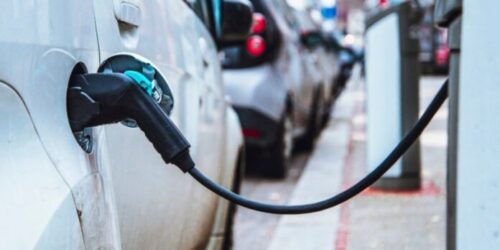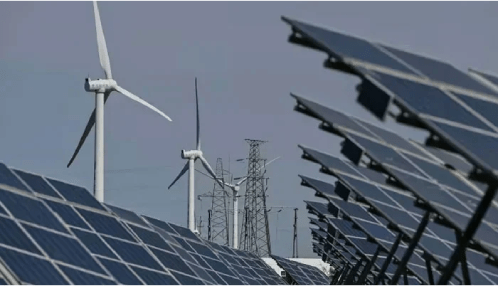New York Times headline this August. Electric Vehicles (EVs) are a huge and essential part of the clean energy transition, no matter how you slice it. In order to have any hope of meeting the greenhouse gas emissions targets set by the Paris Climate Accords in 2016, EV adoption will have to be sweeping and global. But even if someone looking for a new car is convinced that an EV is the way to go, electric cars are still prohibitively expensive for the vast majority of prospective buyers.
That report from the New York Times calling for lower prices for EVs came out in August. Now, here’s a headline from this week: “Tesla Raises Prices on All Models.” In fact, that marks the second price hike for the Model S in just this month alone. The prices for the electric automaker’s four models in now stand at the following rates in the United States: the Model Y starts at $56,990, the Model 3 at $43,990, the Model X at $104,990, and the Model S at a comparatively modest $94,990.
To put this in perspective, a 2019 report by the Federal Reserve found that four out of ten U.S. residents would be unable to come up with $400 out of their savings for an unexpected expense. And that was before the pandemic exacerbated existing income and wealth inequalities. What’s more, “a typical middle-class lifestyle in the U.S. is 30% more expensive than it was 20 years ago,” Time’s NextAdvisor reports based on findings from Alissa Quart, executive director of the Economic Hardship Reporting Project.
On a long enough timeline, EVs are not really costlier than traditional gas-combusting cars when you factor in savings on fuel and repairs, but the initial price tag is a hurdle that many Americans simply cannot clear. “Less than 4 percent of new cars sold in the United States in June were electric,” reports the New York Times, “a far lower rate than in China and Europe, which offer more generous incentives and have stricter auto regulations.”
While the Biden administration has touted lofty goals for growing the domestic EV market, it’s going to be a lot easier said than done. President Biden has said that he wants half of all new car sales in the U.S. to be EVs by the end of the decade. Again, the rate now is under 4%. Achieving goals that ambitious is going to require a lot more than the $7.5 billion for chargers that was finally approved in the bipartisan infrastructure bill, which contains exactly zero expanded incentives for EV sales.
Making widespread EV adoption a financially viable reality will require sweeping policy reforms and subsidies, a huge inversion into infrastructure such as charging stations and smarter grids, changing consumer demand patterns, and much, much more affordable prices. Enter Changli.
Changli manufactures the cheapest EV in the world. Over a year ago the tiny cars made headlines when they hit Chinese markets at the unbelievable price point of $900. The cars are no longer just $900, especially when delivered to the U.S., but they’re still cheap. Really cheap. And they’ve had a good amount of success in Chinese markets. “Working people in China are attracted to them for one principle reason: These cars are cheap,” writes Electrek. “We’re talking lead-acid batteries, the cheapest plastic dashboard you’ve ever seen, stickers instead of fog lights, and steering that I would describe as having a learning curve.”
And these hilarious and adorable glorified golf carts’ success is not limited to Chinese markets. Electric Import Motors (EIM) has brought Changlis to the United States, and already sold several containers worth of the cars (notable, considering their diminutive stature), and has pre-sold the EVs for about six months.
Changli is the opposite of a Tesla in every way — and that might not be such a bad thing. Changli may take affordability a bit too far (is it really affordable or eco-friendly if it isn’t built to last?) but it achieves something crucial: it changes public perception of electric vehicles as a useful, attainable commodity for everyone, instead of a luxury good for rich Californians.







